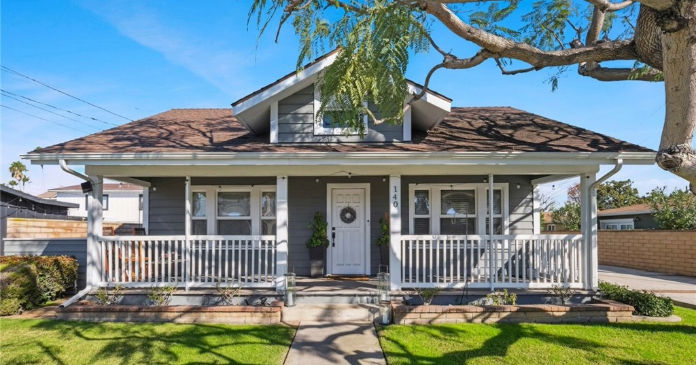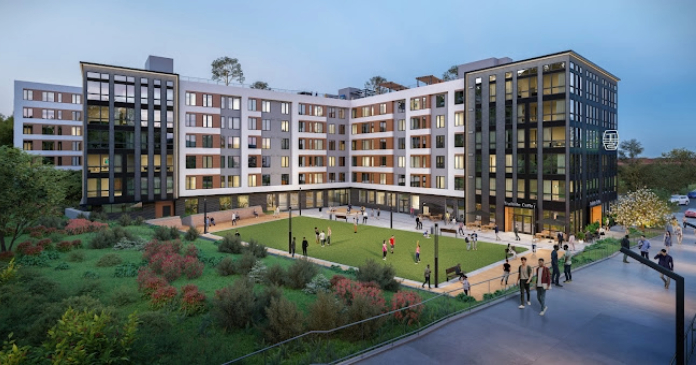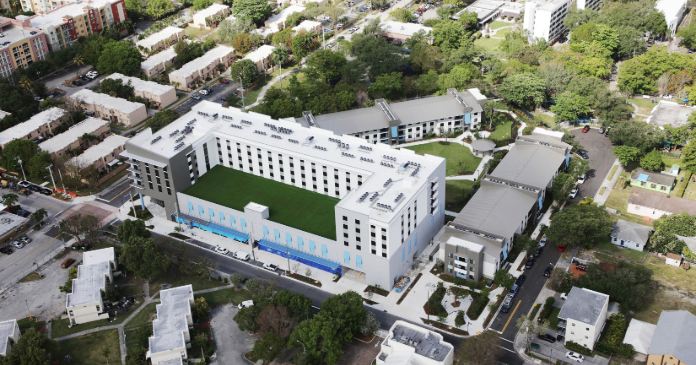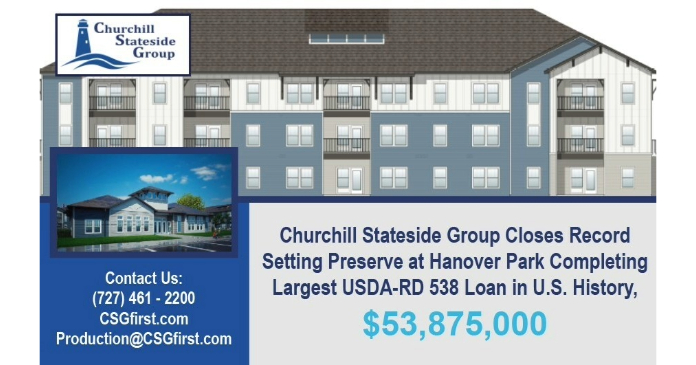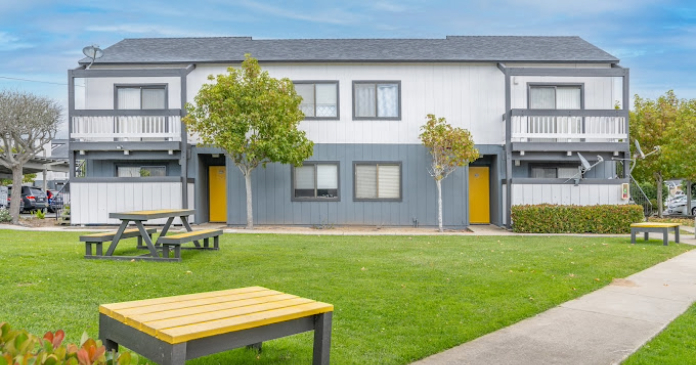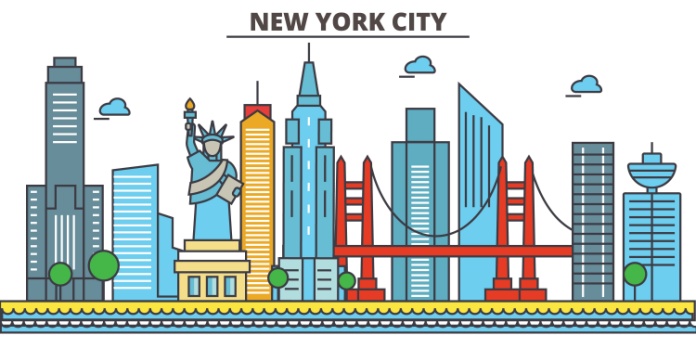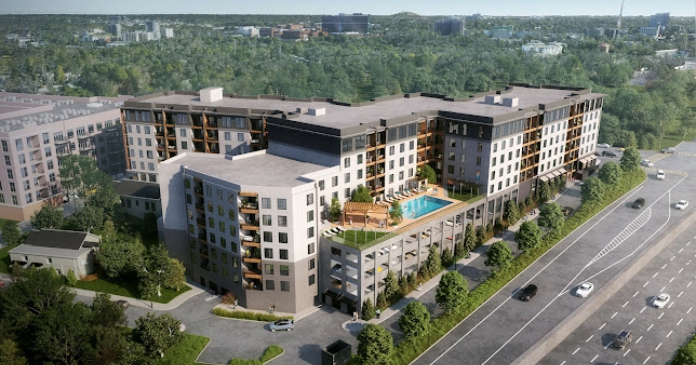To boost housing, cities like Berkeley and Sacramento are striking down single-family zoning laws and encouraging more dense development, joining a nationwide trend.
It was a small step, with huge symbolic significance: The city council of Berkeley, Calif., unanimously approved a resolution calling for the end of exclusionary zoning by 2022, kicking off a lengthy process to reform the city’s general plan with the aim to eliminate widespread bans on apartments and multi-unit residences.
The goal is to reduce housing costs as well as to address the racist roots of laws that restrict development to single-family homes, said Lori Droste, the city council member who authored the resolution, which is a statement of intent, not a policy change. “It would have been really surprising if people voted against an attempt to end a vestige of past discrimination,” she said, pointing to the history of redlining and racially exclusionary covenants that underpin zoning codes to this day.
Berkeley plays a prominent role in that history: Its Elmwood neighborhood was among the first parts of the U.S. to enact a single-family zoning code in 1916, according to the resolution. Today, such codes cover some 82 percent of residential land in the Bay Area, according to UC Berkeley’s Othering and Belonging Institute, and 49 percent in Berkeley.
The resolution comes amid a flurry of similar actions by other cities in Northern California. Last month, the Sacramento city council passed a unanimous decision to allow up to four units on virtually every residential lot.
A San Jose task force voted last summer for the city to consider a similar upzoning, and South San Francisco’s city council approved a plan to study the same type of change.
Legalizing density
Such moves mark a significant departure from the housing politics in many of these cities from even a few years ago. Despite an estimated shortage of 3.5 million homes due to decades of underproduction and a homelessness crisis, California politics has favored the status quo preferences of existing homeowners.
That’s particularly true in Berkeley. The ultra-liberal home to the University of California’s crown jewel campus was the subject of a 2018 New York Times article that highlighted how entrenched support for single detached units in some of the country’s costliest neighborhoods make failing proposals for duplexes, triplexes, and other “missing middle” housing a foregone conclusion. David Garcia, the policy director at UC Berkeley’s Terner Center, called these cities’ steps towards legalizing modest increases in density “important.”
“The amount of land dedicated to single-family zoning in pretty much every city is overwhelming,” he said. “We have artificially constrained what we can build, so by allowing up to four units, you’ve created a lot of new places where housing can be built.”
Local governments across the U.S. have recently turned to upzoning to tackle acute housing shortages, bucking America’s 20th-century template for picket-fence neighborhoods in favor of greater density.
Minneapolis made history in 2018 with its citywide upzoning plan that sought to redress a history of racial covenants and redlining: “More cities are taking on the racist history of zoning and the narrative has shifted,” tweeted Lisa Bender, the Minneapolis city council president who spearheaded that plan, in reaction to Berkeley’s news.
In 2019, Oregon passed a state law ending exclusionary zoning in most cities, and Portland went even further. Seattle recently upzoned 27 neighborhoods, and Charlotte and Philadelphia have explored similar ideas.
Golden State resists blue upzoning
Upzoning has been a harder sell in California, but a confluence of factors is spurring change, observers say. One is the persistent effort by state legislators to override local laws that impede new housing, in particular State Senator Scott Wiener’s SB 50, a proposal to eliminate exclusionary zoning codes in transit- and job-rich single-family home neighborhoods.
Though SB 50 failed to become law in 2020, it and its predecessor, SB 827, drew national attention and energized housing leaders and activists across the state as housing shortages and homelessness worsened.
That mobilization swept a number of reform-minded local leaders into office, said Matthew Lewis, the director of communications at California YIMBY, a pro-housing advocacy group and frequent sponsor of Wiener’s bills.
He pointed to Berkeley as an example: As a result of the last election, its city council is now more favorable to pro-housing policies than in the recent past, with members that bridge political divides between market-rate housing advocates and anti-eviction groups.
Odd alliances
“We have more candidates winning elections who are saying we need to protect low-income tenants with eviction protections and rental assistance, but also don’t stop there: Let’s make it legal to build more homes and streamline the process,” he said. “That’s the convergence that’s happening.”
State legislation is driving action in other ways. Every eight years, California’s regional councils of government are required to plan for a certain number of homes under the state’s housing production laws; as a result of laws passed in 2017 and 2018, those targets sharply increased. The Bay Area has until January 2023 to show the state how it will plan for some 441,176 new units by 2031.
In order to reach that number, the zoning changes in Berkeley, Sacramento and other cities are early steps among many others that are likely to come—something that not all local governments are necessarily aware of.
“This is a minor change given regional housing needs allocations,” said Droste. “We’ll have to do more, even if cities don’t realize that every city will have to embark on this, too.”
In super-populous Southern California, local governments are on the hook for more than 1.34 million new units by 2029. While they have been slower on citywide upzoning, updates such as L.A.’s transit-oriented communities program and the “complete communities” housing plan in San Diego are steps towards the region’s big targets.
Not everyone welcomes high-density
There will likely be political fights to match. Homeowners who prefer to see their neighborhoods unchanged have formed statewide groups to combat such measures, in some cases joining forces with anti-gentrification groups that criticized Wiener’s earlier efforts as failing to address the needs of people who can’t afford market-rate rents. “This is not doing anything for affordable housing,” Maggie Coulter, president of the Elmhurst Neighborhood Association, a homeowner group in Sacramento, told Capital Public Radio. “To suggest that this is doing that is nonsense.”
Proponents of upzoning say that it’s not a silver bullet. Lewis said that increased anti-eviction protections, rental assistance and social housing are also needed to address a problem that touches California renters, more than half of whom spend more than 30 percent of their income on housing.
A research review by UCLA’s Lewis Center for Regional Policy Studies finds that most recent evidence supports the idea that producing more housing brings down overall market-rate housing costs.
With more cities taking steps toward rewriting the California suburban dream, more will likely follow, Garcia said. “It’s long overdue, and still very nascent,” he said. “It will be really interesting to see how many places follow suit. But clearly, the trend is in the direction of the Sacramentos and Berkeleys in the world.”
Excerpt Laura Bliss, CityLab




